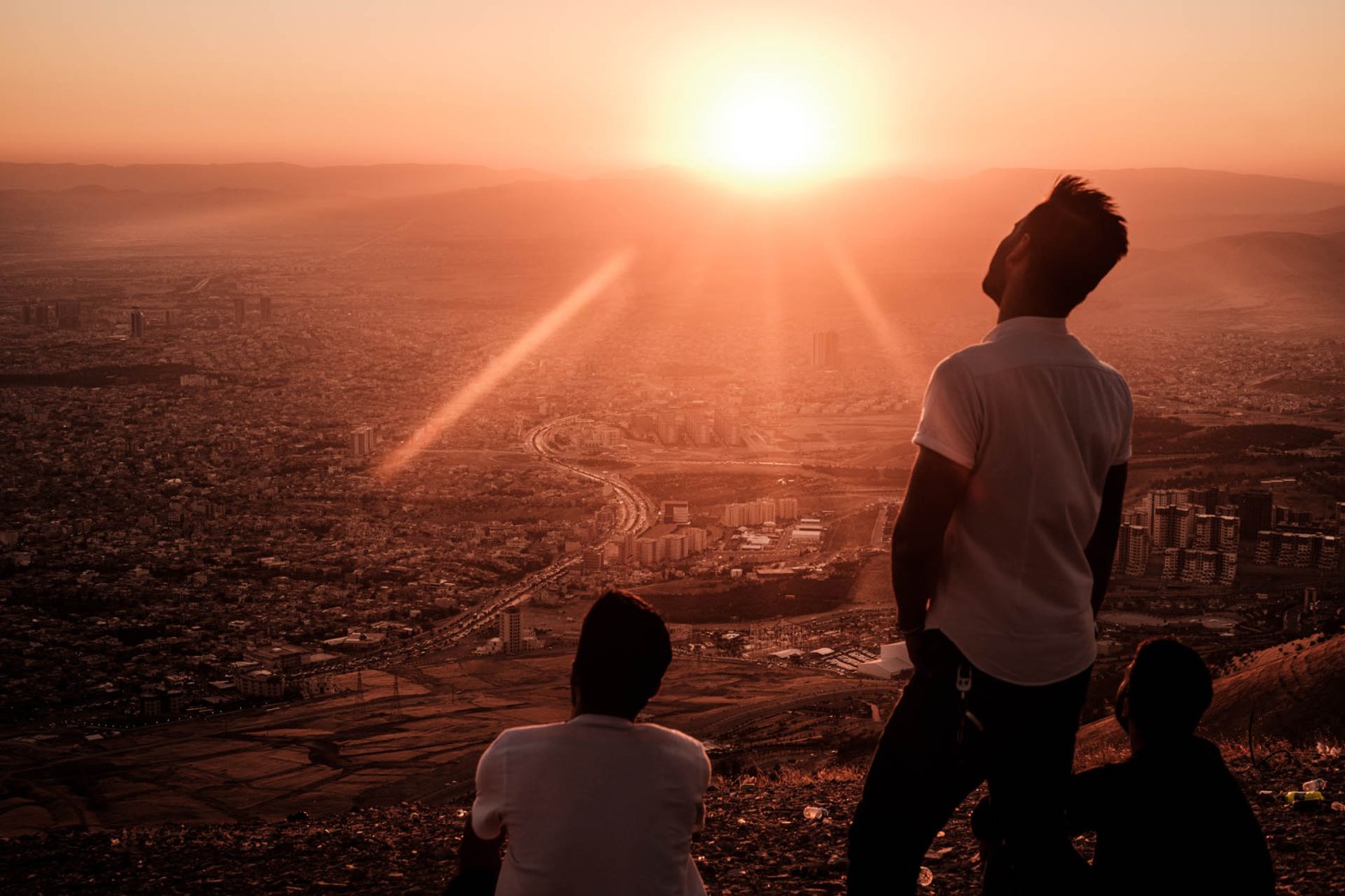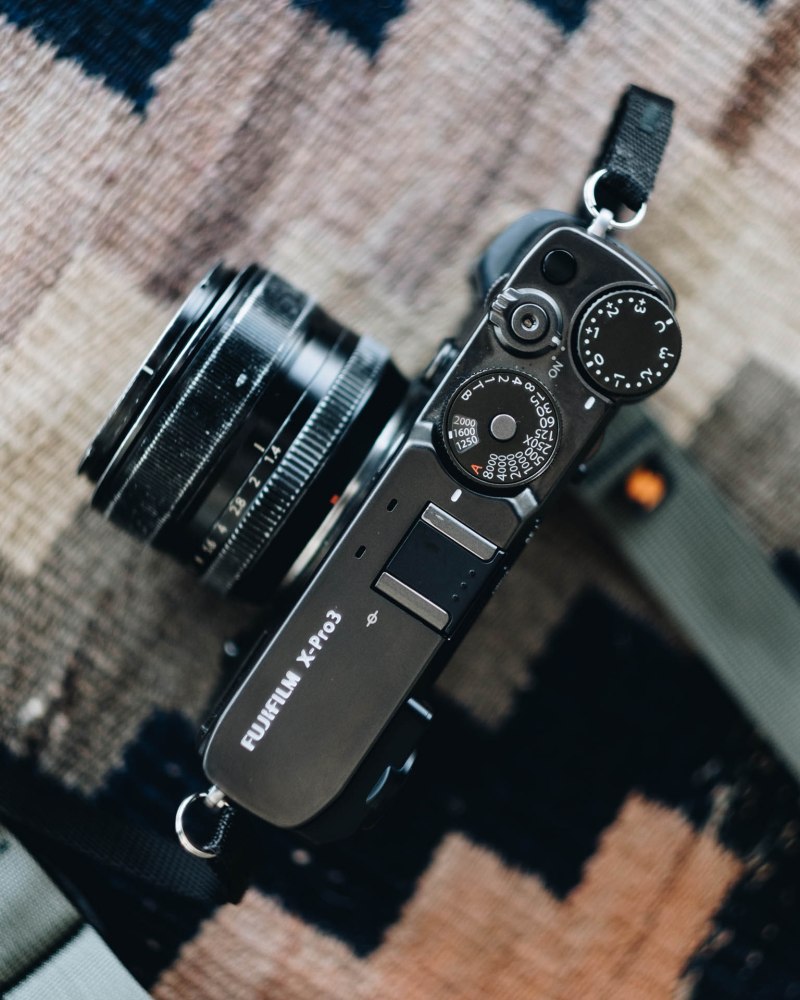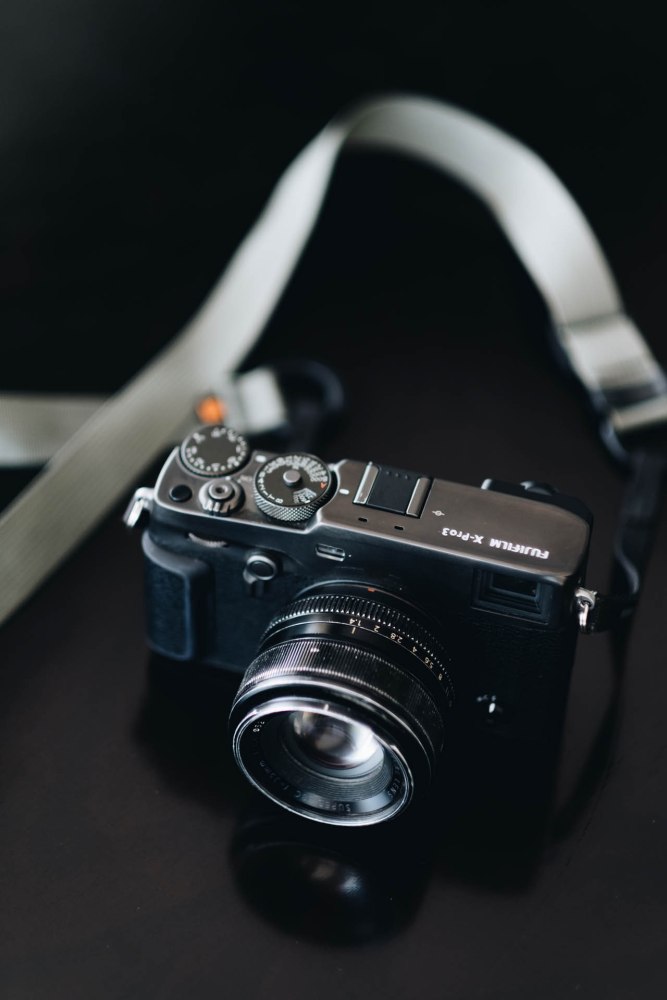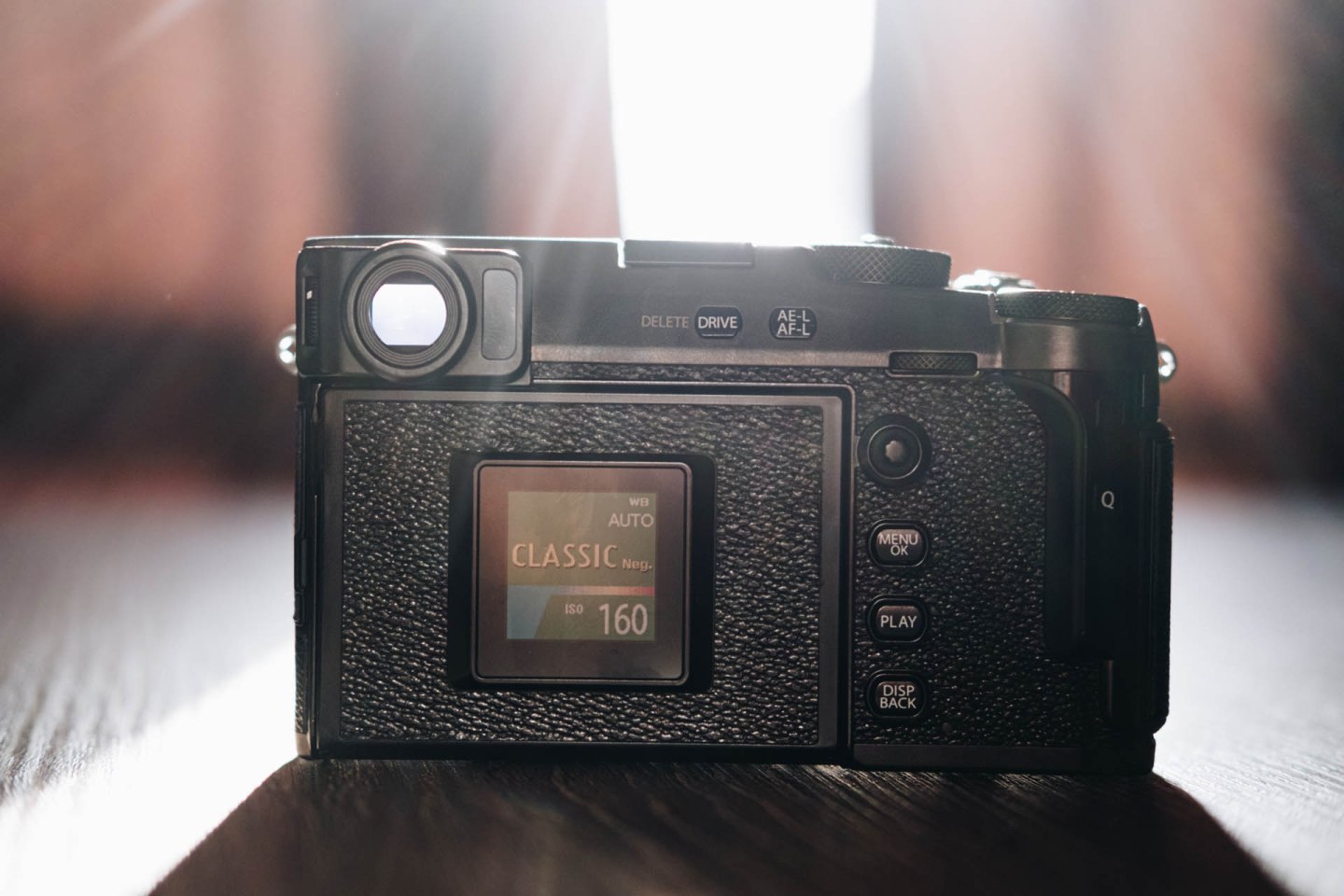Sulaymaniyah, Kurdistan, Iraq
This article was written for the official Fujifilm X Series portal. The version on this blog comes with some minor changes.
World, meet the X-Pro3! I’ve been holding this baby close to me for a while now and it’s good to finally be able to talk about it!
If you were keeping an eye on the X Summit in Shibuya, and the heading image on this post looks familiar, you might have seen it when Fuji announced the X-Pro3, and that flip down LCD some people are emotional about:
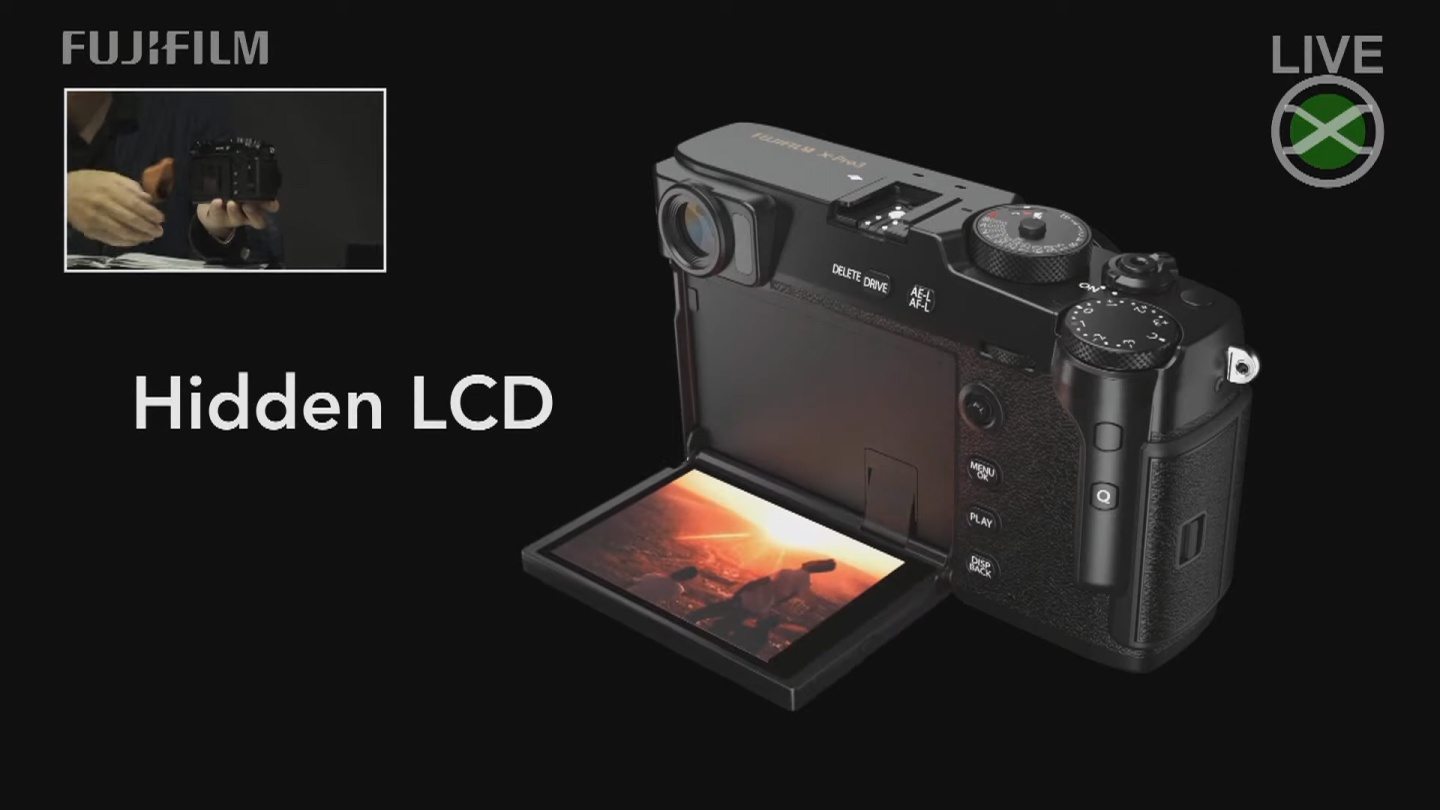
Onto the camera. As a long time fan and user of the X-Pro series, I’ve been looking forward to the development of this camera, and was surprised and very happy when Fujifilm approached me to be a part of this launch project.
Where do I even start with the X-Pro3?
I mean, it’s an X-Pro.
I’ve been using an X-Pro of some kind for such a long time that to me, it is all the cameras. The only one I care to use for stills.

It’s hard to overstate the impact that the X-Pro series of cameras has had on my life. It was an X-Pro I went out into the world with. 7 years of photography, constant travel, and massive life shifts, and it was this camera that was, and continues to be with me through it all. It was an X-Pro that brought me to a life of photography, putting me on the path where I am presently, making stills and video in Iraq for work.
And speaking of work, the 5 of you that read this blog know that I am on staff in a humanitarian organization, doing stills, writing and video.
It is a dream job.
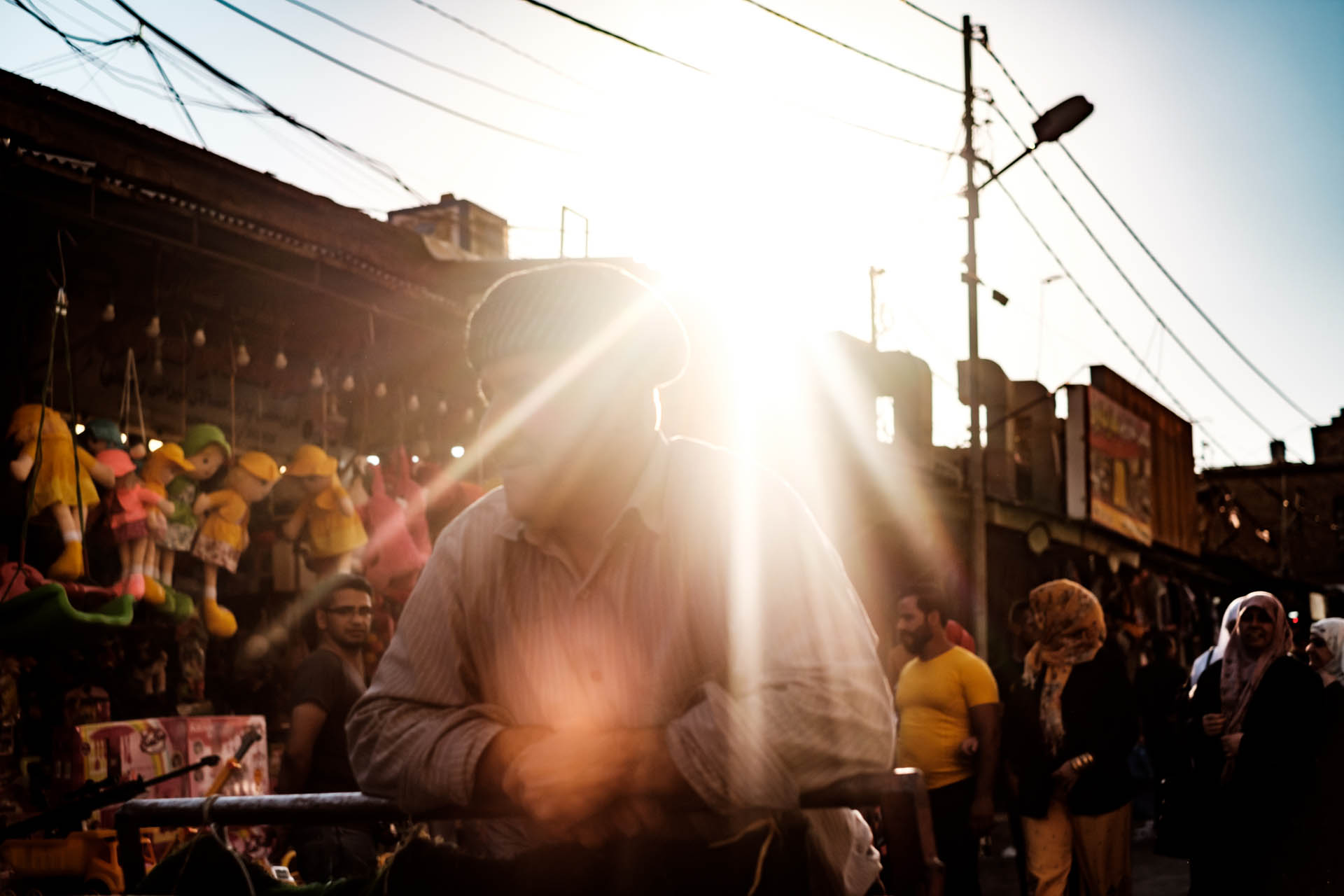
It was an X-Pro that brought me here. When I got the X-Pro1 in 2012, took it travelling in 2013 (on a gap year that is still going), I never imagined I’d end up a professional photographer. I never figured I had what it took to be a professional photographer (I still don’t, but that’s a post for another day). But that first X-Pro brought me in touch with Fujifilm, and specifically its Nordic division, who have supported my work and cheered my growth as a photographer so many, many ways. And it’s because of the journey they’ve made with me that I get to do what I do today. Tusind tak Karl og Ib. You have both changed my life.
The X-Pro series, and Fujifilm by extension, has had an enormous impact on my life.

It would not be an exaggeration to say that the X-Pro cameras taught me how to be a photographer.
You don’t forget the people you learn the big lessons in life with, and the same is also true of cameras for photographers: the ones you learn to breathe a part of yourself into your work with, are the ones you carry with you. Figuratively, and in the case of photographers, literally.
At a hands on level, an X-Pro feels just right in my hands. It’s the camera I pick up and forget about, but it’s not because it’s intuitive from the start. No. If you’ve never used an X-Pro, it takes a little while to find your rhythm with it. It’s a relationship. Like all relationships, this one too requires time, effort, and commitment. And investing deeply pays off in the long run.

This is the 7th year I’ve had an X-Pro in my hand. I had an X-Pro1 in 2012, an X-Pro2 in 2016, and in 2019, the highly anticipated X-Pro3. Suffice to say, operating the camera is no longer a conscious effort. It’s a physical reflex, part of my nervous system. The camera is both my work and my life.
What I’ve always loved about the development of the X-Pro series, is that Fujifilm isn’t afraid to commit to making a photographer’s camera. The X-Pro3 comes with the same exceptional specifications as the X-T3, but that’s not really a talking point here.
The X-Pro3 is how making a photograph feels.
That was true of the X-Pro1, and X-Pro2. It’s still true of the latest incarnation in this line.

Still a sleek, rectangular box, with critical dials and buttons in easy reach for quick adjustments while shooting, the X-Pro3 is a perfect instrument: packed with all of the technology we’ve come to expect from Fujifilm, but simple—oh so simple—to operate on the go.
The X-Pro3 comes with 2 new features that I’m particularly excited about:
The Classic Neg film simulation is Pure. Cinematic. Bliss. It feels, after a couple of months of usage, like I’ll never need to use any other film simulation again. Ever. Or shoot RAW, for the matter. The way this film simulation handles shadows, highlights and colour off the bat is exactly how I want all of those things handled, in all of my photos. Period.
The flip down screen. This brings back the vintage camera feel of the Hasselblads and Rolleiflexes that have upward-facing finders. It looks a little odd on a digital camera, to have a screen that flips one way, and this way. But then, start using it, and it’s immediately obvious how remarkably intuitive it is.

And it resolves the one thing that bugs me about the X-Pro2 to this day: having to toggle the View Mode button 5 times to get from “EVF only” to “LCD only” modes, the only 2 view modes I use.
The flip down screen on the X-Pro3 solves that particular problem with supreme elegance. Flip it up to get to the EVF or OVF, flip it down to shoot with the LCD. No counting off toggles to get to desired viewing mode. One easy, sensible action gets you from one to the other. Brilliant.
The flip down screen also makes shooting at waist level a joy… and a possibility we never had with the X-Pro line before, unless you shot blind.

There are other improvements in the X-Pro3 of course. It has the 26.1 megapixel X Trans 4 sensor that debuted in the X-T3. It has a bigger, brighter, more badass EVF. On the back, when the LCD is folded against the body, there is a tiny customisable sub-monitor that shows film simulation, ISO and white balance settings, which should tickle film shooters’ nostalgia nicely. It comes in 2 colours aside from classic black, and is significantly lighter than its predecessor, the X-Pro2.

But it is still a digital rangefinder at heart, a photographer’s tool for those of us who live for the documentary image, and are not overly concerned about the camera itself. It’s a bold direction to take for a camera company, because rapid and continuing shifts in how images are viewed, what kinds of images are made, the value attributed to them, and photography as an industry, means that making a niche product is a huge risk.
And it’s niche alright. In a world obsessed with spec sheets and redline thresholds, the X-Pro3 is a camera which is all about the intangible, often ineffable feel of making photographs: the experience—not competition—of being in the world.
Like photography itself, the X-Pro3 is about humanity.

Over the next couple of weeks I’ll be sharing sporadic thoughts on the X-Pro3 on this blog, and also showing more photos.
